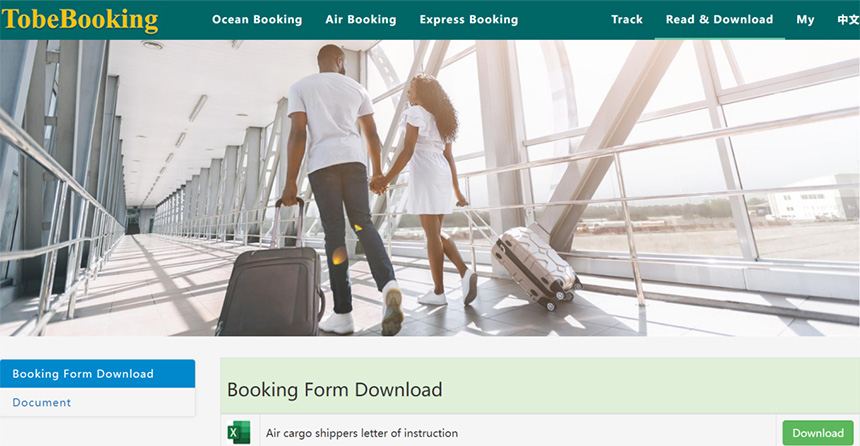 Secured, Affordable & Reliable
Secured, Affordable & Reliable When moving goods from their starting location to their final destination, a bill of lading makes the rules, and using the correct one is critical.
Here is a quick and simple guide on the differences between a House Bill of Lading (HBL) and a Master Bill of Lading (MBL) and when they should be used in ocean freight.
House Bill of Lading
A House Bill of Lading is a BOL created by an Ocean Transport Intermediary (OTI) such as a freight forwarder or non-vessel operating company (NVOCC) and is issued to the supplier once the cargo has been received.
The HBL is an essential document in shipping as it's the formal acknowledgment of the receipt of goods being shipped.
According to Freight Compactor, the HBL has the following requirements:
The consignee should be the actual receiver of the cargo
The shipper should be the exporter of the cargo
The notify can be either the importer or any other party mentioned in the bill of lading
Master Bill Of Lading
A Master Bill of Lading is issued by the carrier (ship owner or operator) and represents the contract of carriage between the shipper and the carrier. It's important to note that the cargo shipper will only receive a Master Bill of Lading if they are working directly with a mainline carrier or a freight forwarder.
The MBL is arguably one of the most reliable documents in maritime transportation because it is printed and signed by the carrier, and once the carrier confirms that it's received the cargo, the MBL is released to the entity who made the booking.
House Bill of Lading Vs. Master Bill of Lading
The main difference between the HBL and MBL is that an HBL is issued by an NVOCC (or freight forwarder) and usually lists the actual shipper and consignee, whereas, the MBL is issued by the carrier.
Both the House and Master Bill of Lading contain the same accurate, precise, and detailed information about cargo (the number of containers, seal numbers, weight, measurements, etc.).
It’s also worth noting that the shipper, consignee and notify party are the only details that will be different in the HBL and MBL.
A bill of lading, regardless of the vessel, guides the actions of the proper parties along the entire route of the shipment and tells the cargo handlers where the shipment is going, how the goods should be handled, what the piece count should be and how it will be billed.
